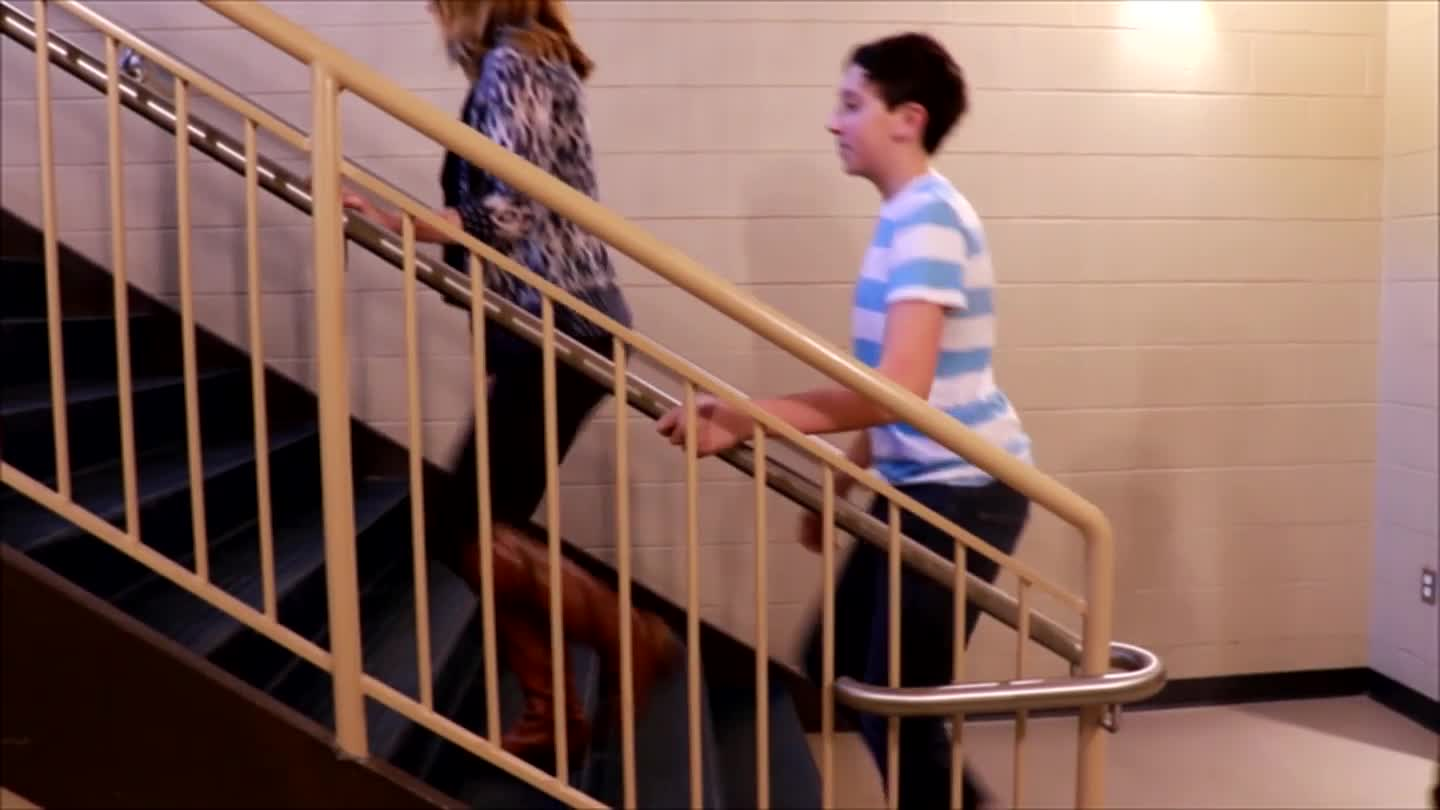
Introduction
As educators, we are responsible for teaching our PreK students not only academics but also essential life skills to ensure their safety and well-being. One such skill is the proper use of stairs. By incorporating social-emotional learning (SEL) principles, we can help our young learners develop a sense of responsibility and awareness for themselves and others. In this blog post, we will discuss an easy, no-prep activity to teach safe stair usage, followed by discussion questions, related skills, and next steps for further exploration.
No-Prep Activity
Introduce this activity by discussing the importance of walking up and down stairs safely. Explain that being cautious and mindful of others while using stairs can prevent accidents and keep everyone safe. Follow these steps for the activity:
- Have the students form a line, maintaining an appropriate distance from one another.
- Ask the students to place one hand on the railing and the other by their side.
- Model the proper way to walk up the stairs slowly and quietly, emphasizing the need to keep their bodies with the group but not too close to anyone.
- Encourage the students to follow your lead, walking up the stairs while maintaining a safe distance from each other and holding the railing for support.
- Once everyone has reached the top, praise the students for their efforts and discuss how they felt about the activity.
This no-prep activity not only teaches students the importance of safe stair usage but also encourages them to be aware of their surroundings and considerate of others.
Discussion Questions
After the activity, engage the students in a conversation to deepen their understanding of the topic and strengthen their social-emotional learning. Here are some discussion questions to consider:
- Why is it important to walk slowly and quietly on the stairs?
- How does holding the railing help us stay safe while using the stairs?
- Why is it important to keep a safe distance from others when walking up or down the stairs?
- How can we show kindness and respect for others while using stairs in a group setting?
- What are some other situations where we need to be aware of our surroundings and considerate of others?
Related Skills
Teaching safe stair usage is just one example of how we can incorporate social-emotional learning into everyday activities. Here are some other related skills that can be taught using similar principles:
- Safe playground behavior
- Proper handwashing techniques
- Respecting personal space
- Using indoor voices
- Cooperating with peers during group activities
Next Steps
If you found this activity helpful and would like to explore more ways to incorporate social-emotional learning into your classroom, we encourage you to sign up for free samples of our skill-building materials. At Everyday Speech, we offer a wide range of resources designed to support educators in fostering essential life skills and social-emotional learning. Join us today and help your students grow into responsible, caring individuals.

